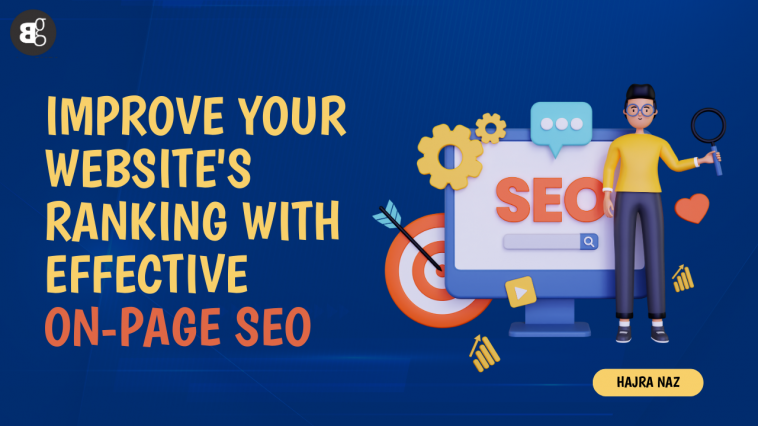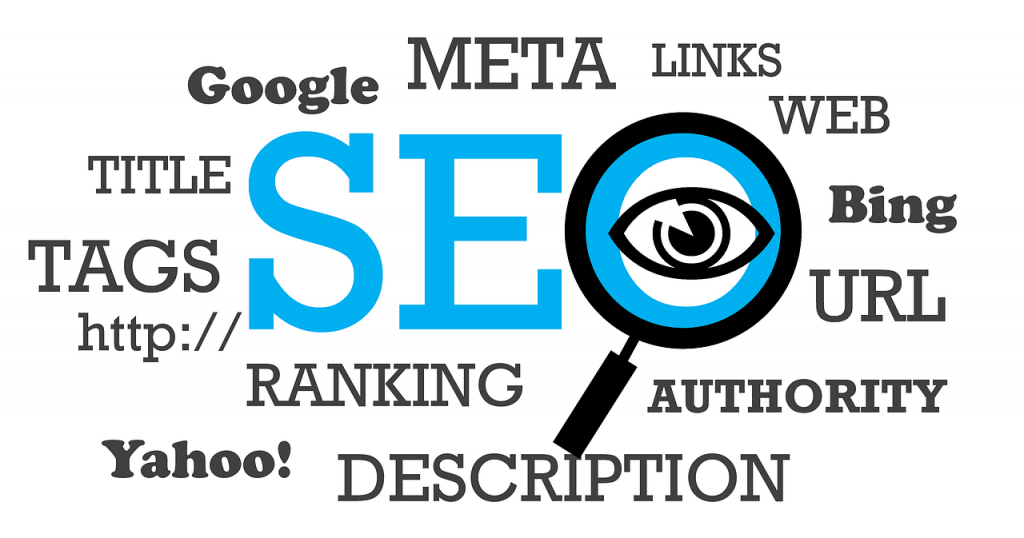Search engine optimization (SEO) is an important component of increasing your website’s exposure and attracting organic visitors from search engines. On-page SEO is essential for optimizing each page of your website to rank better in search engine result pages (SERPs), whereas off-page SEO focuses on elements like backlinks and social signals.
You may improve your website’s relevancy, user experience, and overall search engine rankings by applying on-page SEO strategies successfully. We’ll look at techniques in this article for enhancing your website’s on-page SEO.
What is On-Page SEO?
In today’s competitive digital landscape having a solid on-page SEO strategy is crucial for distinguishing out among the millions of websites seeking attention. In order to increase a webpage’s visibility and relevance to search engines, on-page SEO entails optimizing numerous aspects of the page.
You may greatly affect your website’s search rankings by fine-tuning components like title tags, meta descriptions, heading tags, URL structure, keyword optimization, content quality, image optimization, internal linking, and user experience. Because it directly affects how search engines see and rank your website, on-page SEO is essential.
You may improve the likelihood that your material will show up in pertinent search results by optimizing the elements on your web pages. Increased visibility, more organic traffic, and improved conversion rates follow from this.
Important On-Page SEO Components:
It’s critical to focus on the following essential components in order to enhance your on-page SEO:
Keyword Research:
Keyword research is the first step in improving On-Page SEO. Your content’s keywords act as its building blocks, helping search engines comprehend and properly classify your web pages. The core of on-page SEO is optimizing your content with pertinent keywords, with a dual emphasis on keyword relevancy and search volume.
To conduct thorough keyword research, use different tools such as Google Keyword Planner, Ubersuggest, SEMrush, or Moz. Choose keywords with a high search volume that are really related to your content. Remember that long-tail keywords can help you attract targeted traffic to your website because they frequently have less competition.
Making Interesting Title Tags:
Both user experience and search engine optimization depend heavily on title tags. Both search engines and users are drawn in by a well-written title tag. Include your goal keywords in the title tag of your website pages to optimize them correctly.
You could, for instance, use a catchier title with lots of keywords like “Unleashing the Power of On-Page SEO: Instead of using a generic title like “Best Practices for On-Page SEO,” “A Comprehensive Guide to Improve Website Performance” should be used.
Meta Descriptions:
Meta descriptions are brief summaries below the title tag in search engine results. Although they do not directly influence rankings, well-written meta descriptions can entice users to click on your website. Make sure to write informative, compelling meta descriptions that accurately depict the page’s content.
URL Format:
In addition to being user-friendly, a well-structured URL aids on-page SEO. Include pertinent keywords in your URLs, making sure they appropriately reflect the information on the page. Rather than conventional URLs like “www.example.com/page1,” use URLs that are both engaging and keyword rich, for example, “www.example.com/enhancing on-page SEO.”
Heading Tags (H1, H2, H3):
Heading tags help structure your content and indicate its hierarchical importance. The H1 tag represents the main heading of the page, while H2 and H3 tags represent subheadings. Using heading tags appropriately and incorporating relevant keywords can improve the readability and SEO of your content.
Keyword Optimization:
Keyword optimization involves strategically incorporating relevant keywords throughout your content, including in the title, headings, body, and meta tags. However, it’s crucial to maintain a natural and balanced use of keywords to avoid keyword stuffing, which can harm your SEO efforts.
Image Optimization:
Optimizing images on your web pages involves compressing them for faster loading times, using descriptive file names, and adding alt text. By optimizing images, you enhance your website’s user experience and provide additional opportunities for search engines to understand your content through alt text.
Internal Linking:
By creating a logical and hierarchical structure within your website, internal linking is essential for enhancing On-Page SEO. When linking to other pages on your website, use keywords and pertinent anchor language. This encourages consumers to explore more of your material, which results in longer session times and greater SEO performance. It also aids search engines in understanding the relationships between various pages.
Mobile Friendly Optimization:
In the present mobile-centric environment, your site should be upgraded for cell phones. Your site ought to be mobile-friendly and receptive to guarantee a consistent user experience. Because mobile-friendly websites are given preference in search engine results pages, mobile optimization helps websites rank higher.
Continuous Monitoring and Improvement:
Finally, it’s critical to frequently check the performance of your website and make data-driven adjustments. Track the traffic to, and user activity on, your website using tools like Google Analytics and Google Search Console. In order to improve certain areas, conduct an analysis of the data. These areas may include improving user interaction, optimizing underperforming pages, and improving keyword targeting.
Conclusion:
Enhancing On-Page SEO is a continual activity that calls for commitment and in-depth knowledge of SEO strategies. By implementing the suggestions presented in this article, you stand a chance of significantly increasing the visibility of your website, attracting a larger audience, and realizing its full potential.
Remember that On-Page SEO is just one part of a larger SEO strategy; It should be used in conjunction with other SEO strategies for a complete and successful online presence. To stay ahead in the cutthroat digital environment, be proactive, adapt to market developments, and always improve your On-Page SEO strategy.





